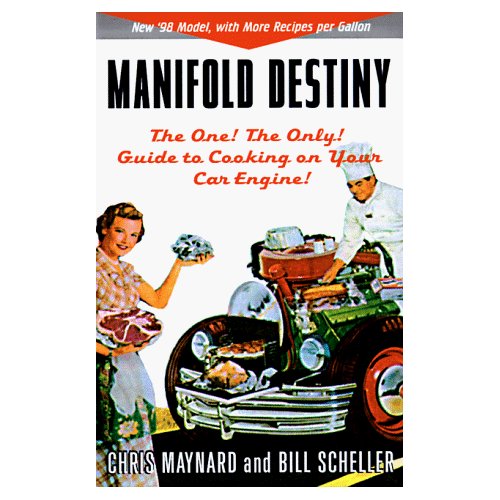.jpg) My wife Amy says she ate a lot of pot pies growing up in Montana and "they were always frozen in the middle."
My wife Amy says she ate a lot of pot pies growing up in Montana and "they were always frozen in the middle."
Kids come home from school, are told to fend for themselves, grab something from the freezer, pop it into the microwave, and sometimes, instant gratification.
People have been eating frozen pot pies for a long time and haven’t gotten sick.
But somehow, a whole pile of poop — that’s where salmonella comes from — got into the batch of ConAgra Banquet turkey and chicken pot pies with the code P9 on the side panel.
It was either a failure to cook the meat, or it was in the potatoes or carrots or flour. Poop is everywhere. It should not be eaten; unless it’s cooked.
Until last night, when ConAgra finally recalled all pot pies produced at its Missouri plant, the company insisted it was up to consumers to cook that poop.
But are consumers really the ones who are supposed to be responsible here?
Stephanie Childs, a spokesperson for ConAgra, says that as long as consumers follow the instructions on the package, Banquet brand frozen pot pies are safe to eat.
Amy questions that. So do the 152 people across the U.S. confirmed with Salmonella linked to the ConAgra pot pies. With that many sick people, of which 20 required hospitalization, there were probably thousands of people barfing or planted on the porcelain throne because they could not figure out how to follow the simple instructions to make the poop safe.
So I gave it a try.
The details are available at:
http://barfblog.foodsafety.ksu.edu/2007/10/articles/food-safety-communication/cooking-a-frozen-pot-pie-in-a-microwave/
The short version is, the cooking instructions, for me, in one trial, failed to yield a safe internal temperature of 165F; the pie only got to 148F. That’s not safe. If salmonella was there, it would make me poop.
ConAgra was somehow allowed to blame consumers for several days — if not months — for the poop in their pot pies.
Now ConAgra says it is going to rewrite its cooking instructions on its pot pie packaging — something that should have done before 152 people started barfing.
But why just pot pies? There is a cacophony of frozen, raw or cooked products available in the supermarket freezer section, and there have been several outbreaks of foodborne illness related to those products containing raw ingredients.
In 2006 the U.S. Department of Agriculture issued guidelines requiring companies to clearly label uncooked products and include a statement such as "must be cooked to an internal temperature of 165 degrees F as measured by use of a thermometer" in a prominent spot on the package.
But it’s still confusing. Raw, frozen, chicken strips, for instance, are sold side-by-side with fully cooked, frozen chicken strips. Kids looking for an after-school snack may not read the label instructions before popping something in the microwave. And telling consumers to cook out the poop may not be the best marketing strategy.
Frozen products like nuggets, strips and pot pies should only contain fully cooked ingredients.
Douglas Powell is scientific director of the International Food Safety Network at Kansas State University.
 "I just ate poached salmon cooked underneath the catalytic converter of a 2006 Toyota Tacoma.
"I just ate poached salmon cooked underneath the catalytic converter of a 2006 Toyota Tacoma. And in a nice food safety shout-out, Rockey said,
And in a nice food safety shout-out, Rockey said,
 ConAgra isn’t the only firm having
ConAgra isn’t the only firm having .jpg) My wife Amy says she ate a lot of pot pies growing up in Montana and "they were always frozen in the middle."
My wife Amy says she ate a lot of pot pies growing up in Montana and "they were always frozen in the middle."